Icon Saint John Vatatzis
€40,00 – €100,00Price range: €40,00 through €100,00 "without VAT"
Icon of Saint John Vatatzis with handmade silkscreen print on a polished gold background in various dimensions. All icons of the Orthodox calendar are manufactured.
Icon Saint John Vatatzis the merciful king with handmade silkscreen print on a polished gold background in various dimensions.
All images of the Orthodox calendar are made in any size.
One of the great figures who brightened the Church and the Christian empire is Saint King John III, Duke Vatatzis, who for his great alms he received the nickname “Merciful”.
He was born in 1193 AD in Didymoteicho and was a scion of a prominent Byzantine family. In 1204 AD, after the fall of Constantinople to the Frankish crusaders, the Byzantine Empire was divided into four rival kingdoms, the Latin Empire of Constantinople, the Empire of Nicaea in Asia Minor, where the legitimate emperor and the Ecumenical Patriarch fled, the Despotate of Epirus in western Greece, and finally the Bulgarian kingdom of John II of Assani.
In 1222 AD, John Duke Vatatzis succeeded his uncle Theodore Laskaris on the throne of Nicaea and, thanks to his political skill, succeeded in reorganizing the Byzantine forces along the lines of the old empire.
John, as emperor, displayed the outstanding qualities of a political leader and the virtues of a Christian ruler. Thanks to a series of brilliant military victories and clever manipulations he secured within a few years the control of Asia Minor and recovered most of the territories in the hands of the Latins.
He occupied Andrianople, and in 1254 AD when he died, the empire of Nicaea actually included the territories of the Byzantine Empire before the Frankish conquest. All that was left was the conquest of Basileus, which was achieved by his successor, Michael 8 Palaeologus in the year 1261 AD and which historians attribute to the emperor John Vatatzes.
Inspired by a fervent zeal for the good of the Church, John III Vatatzis conducted many negotiations with Pope Gregory IX. But to no avail, for the Pope insisted on his views.
On November 4, 1254 AD, the pious emperor of Nicea, John III Vatatzes, surrendered his soul in peace into the hands of God. His honoured remains were buried in the Monastery of Christ the Saviour, which he had built himself in Nymphaeum, Bithynia.
In the following years, John himself asked for his remains to be transferred to Magnesia in Asia Minor. When his tomb was opened 7 years later, a sweet fragrance spread around. Everyone was surprised to find that his body was also indestructible, a clear sign of holiness. There was absolutely no sign that he was dead. The color of the body was like any normal human being, even his clothes had been preserved for 7 years abundantly and looked like they had been sewn at that moment. This is how God opposes those who glorify him on earth.
The Legend of the Marbled King
Since then, the honorable relic of Saint King John the Merciful, was deposited in a church in Magnesia. Indeed, as his biographer notes, Christians who turned to the saint were wonderfully rewarded. In the holy relic diseases were cured, demons were persecuted….
The historian of the era also mentions that during the reign of Andronikos Palaiologos during the raids of the Turks in Magnesia, the castle keeper often noticed a lit candle wandering on the walls. He sent his men to investigate the phenomenon but they failed.
Finally, the deaf and dumb brother of the castor was sent. To him the revelation was made and on his return he was given the cure. And so he related that in that place where the light of the candle appeared, he found a man of great stature with royal bearing who loudly urged the Christians to continue the defense. He recognized this figure in the holy skeleton of Saint King John Vatatzis.
Since then he has been recognized as a Saint and his memory is commemorated on November 4. His indestructible relic was taken to Constantinople, which had already been liberated from the Franks, where it was wrapped in the legend of the Marble King. During the fall of Constantinople to the Turks he was hidden in a catacomb.
And ever since then he has been waiting for the liberation of Basileus. The legend even says that the Holy King has his sword in its sheath and that every year the blade of the sword emerges a few millimeters, until the time comes when the entire sword emerges, then the time will come when the Roman Empire is looking forward to taking Constantinople.
A modern holy old ascetic elder reports that for some time now the Merciful Saint King has been resurrected and that the sword has come completely out of its sheath. He has been wandering around the City in the form of a clown and directing the armies of the Saints to take up positions around the Basilica.
He even claims that the holy relic was kept by a family of crypto-Christians who kept the secret from generation to generation. This very event that this holy old ascetic ascetic mentions in the form of a narrative marks a series of events that will verify the prophecies of St. Cosmas very, very quickly. This and much more is said in the legends and narratives about the incorruptible relic of St. King John III of Vatatzes, the Merciful.
All these legends and prophecies sound strange to our ears. But be that as it may, we ought to take them as a basis for evaluating the personal merit of St. John the Merciful, the martyred king of Romanity. A basis that contributes to the fact that he will be followed for centuries, highlighting through the incorruptibility of his holy relic and the eternity of his memory and verifying the word of the Holy Bible that the merciful “is saved from death”.
- 100% guaranteed transaction!
- 100% money back guarantee!
- Immediate delivery to the products we have in stock.
| Weight | N/A |
|---|---|
| Dimensions | N/A |
| Icon Decoration | with handmade serigraphy, with polished gold, with wood |
| Collection | Church supplies |
| Icon Type | Polisher, Serigraphy |
| Size | Big – LG, Medium – MD, Small – SM, Very small – XS |
| Material | Wooden |
| Name of Saint | Saint John Vatatzis |
Only logged in customers who have purchased this product may leave a review.
You may also like…
Church supplies
Church supplies
Hierarchical Items
Related products
Church supplies
Church supplies
Church supplies
Church supplies
Church supplies
Church supplies
Church supplies
Church supplies





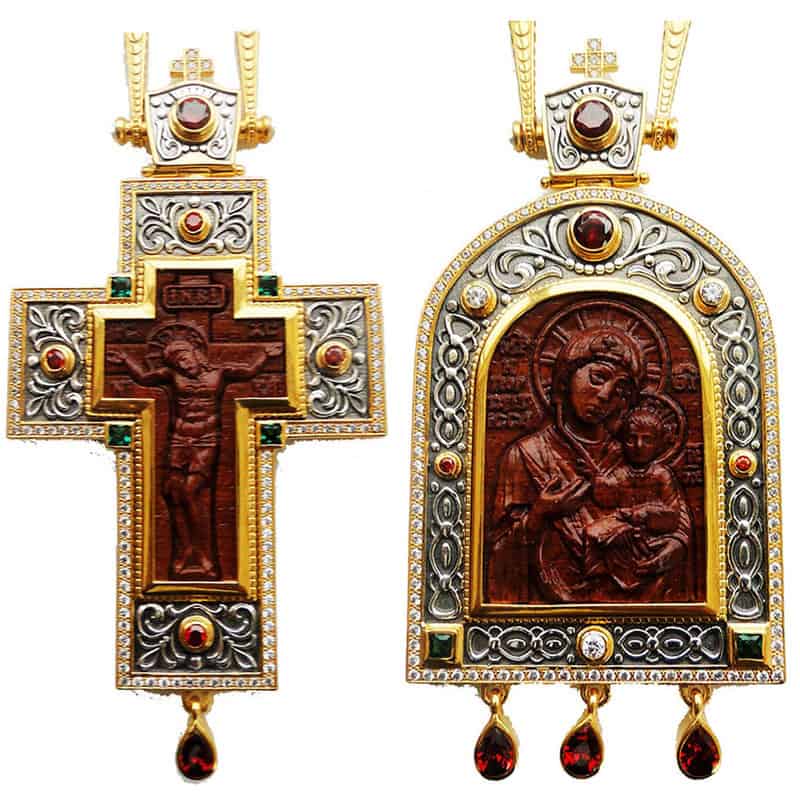

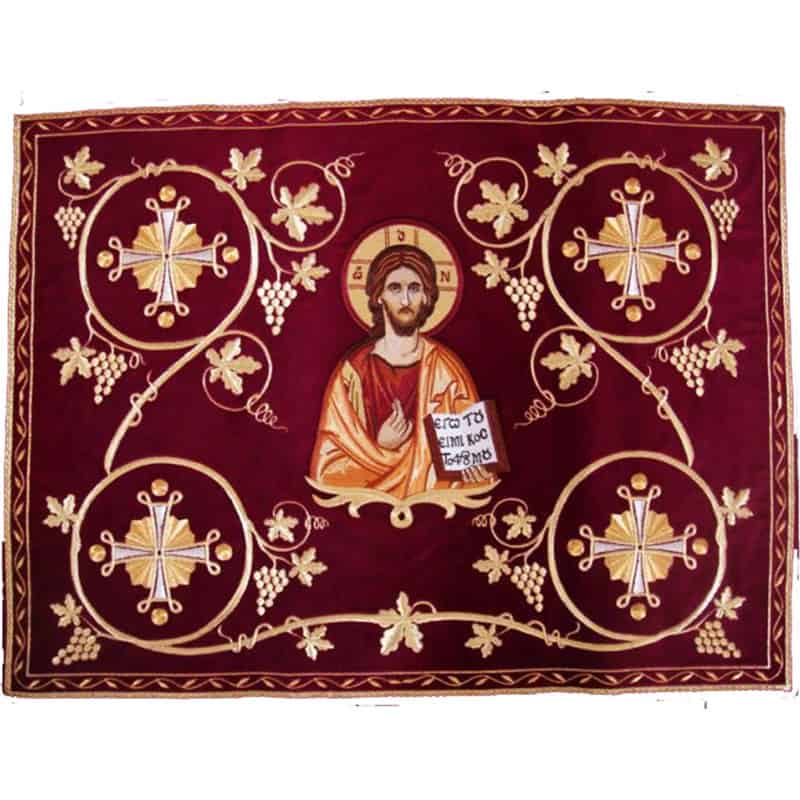
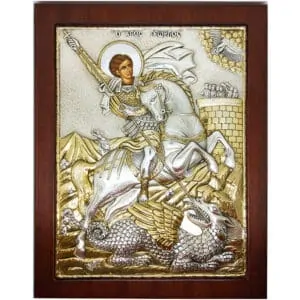
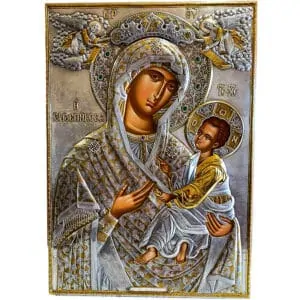
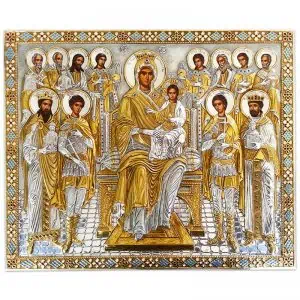

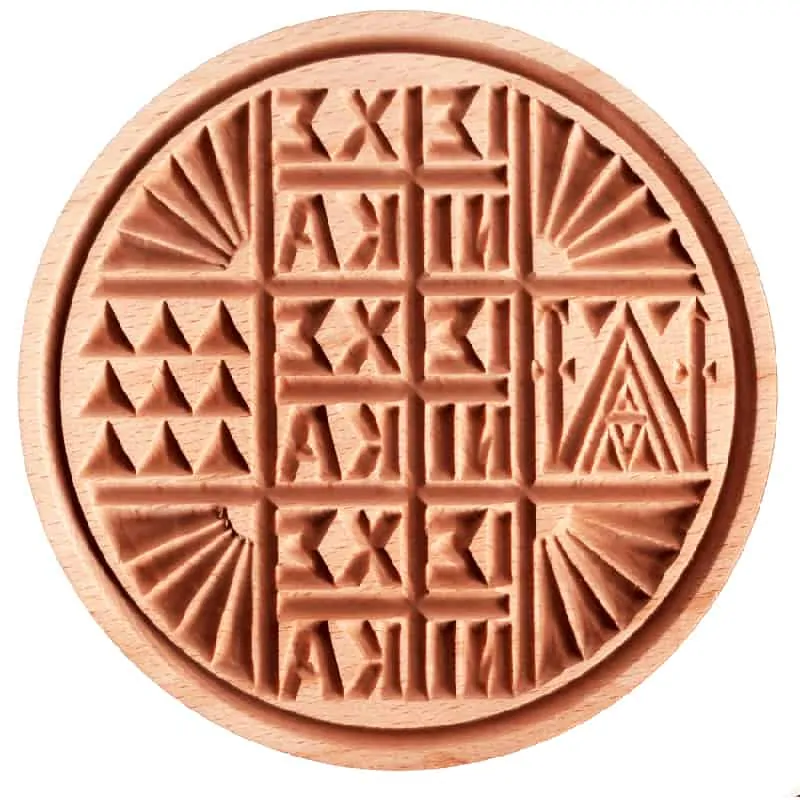
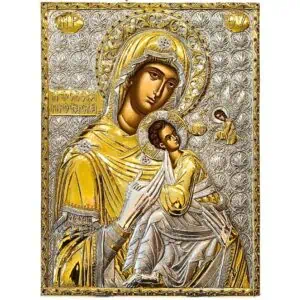
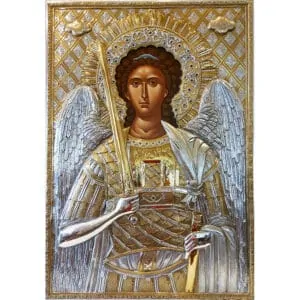
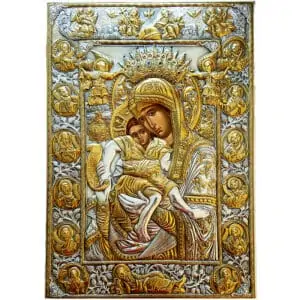

Reviews
There are no reviews yet.